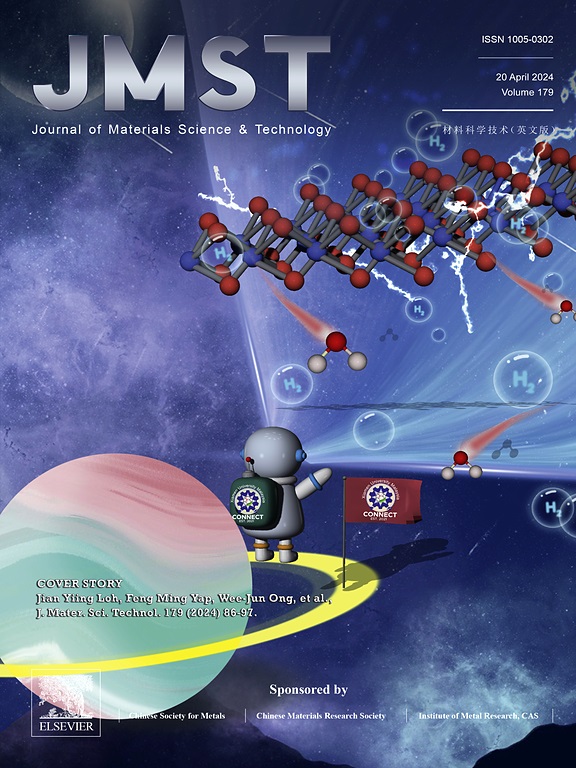Constructing globally consecutive 3D conductive network using P-doped biochar cotton fiber for superior performance of silicon-based anodes
Abstract
The inferior conductivity and drastic volume expansion of silicon still remain the bottleneck in achieving high energy density Lithium-ion Batteries (LIBs). The design of the three-dimensional structure of electrodes by compositing silicon and carbon materials has been employed to tackle the above challenges, however, the exorbitant costs and the uncertainty of the conductive structure persist, leaving ample room for improvement. Herein, silicon nanoparticles were innovatively composited with eco-friendly biochar sourced from cotton to fabricate a 3D globally consecutive conductive network. The network serves a dual purpose: enhancing overall electrode conductivity and serving as a scaffold to maintain electrode integrity. The conductivity of the network was further augmented by introducing P-doping at the optimum doping temperature of 350 °C. Unlike the local conductive sites formed by the mere mixing of silicon and conductive agents, the consecutive network can affirm the improvement of the conductivity at a macro level. Moreover, first-principle calculations further validated that the rapid diffusion of Li+ is attributed to the tailored electronic microstructure and charge rearrangement of the fiber. The prepared consecutive conductive Si@P-doped carbonized cotton fiber anode outperforms the inconsecutive Si@Graphite anode in both cycling performance (capacity retention of 1777.15 mAh g–1 vs. 682.56 mAh g–1 after 150 cycles at 0.3 C) and rate performance (1244.24 mAh g–1 vs. 370.28 mAh g–1 at 2.0 C). The findings of this study may open up new avenues for the development of globally interconnected conductive networks in Si-based anodes, thereby enabling the fabrication of high-performance LIBs.


 求助内容:
求助内容: 应助结果提醒方式:
应助结果提醒方式:


